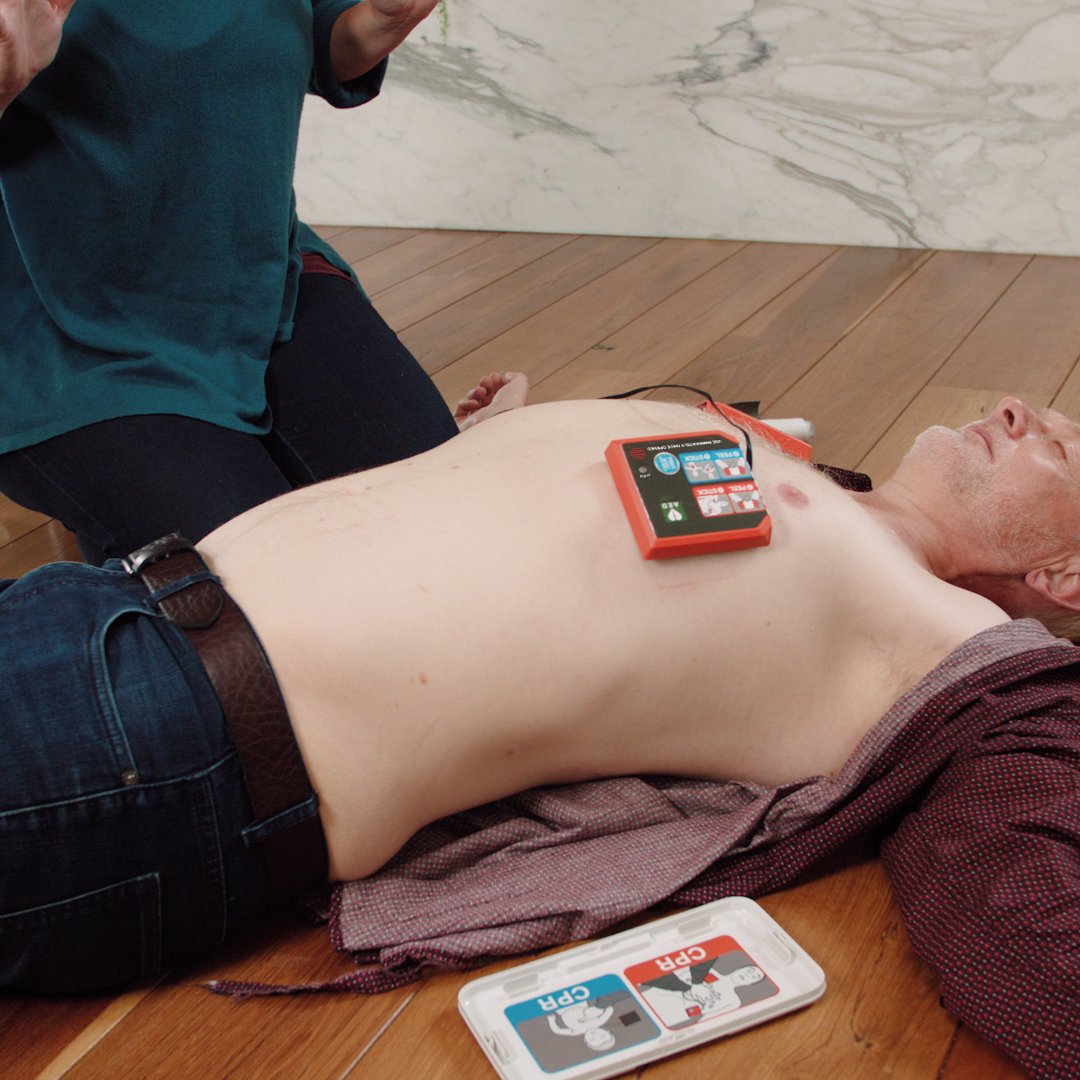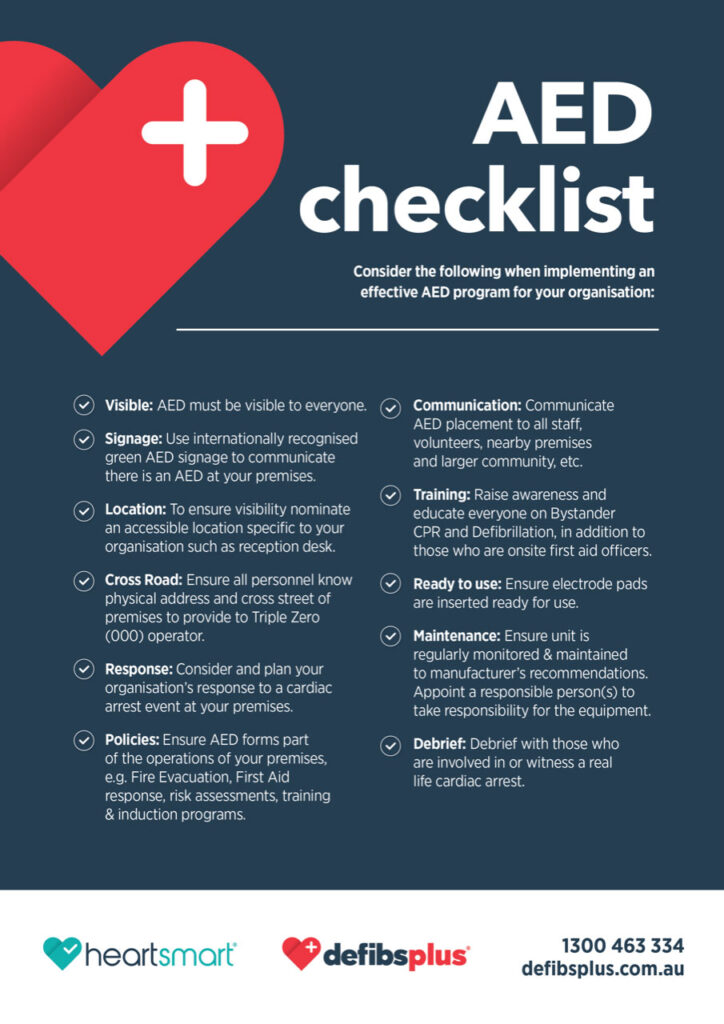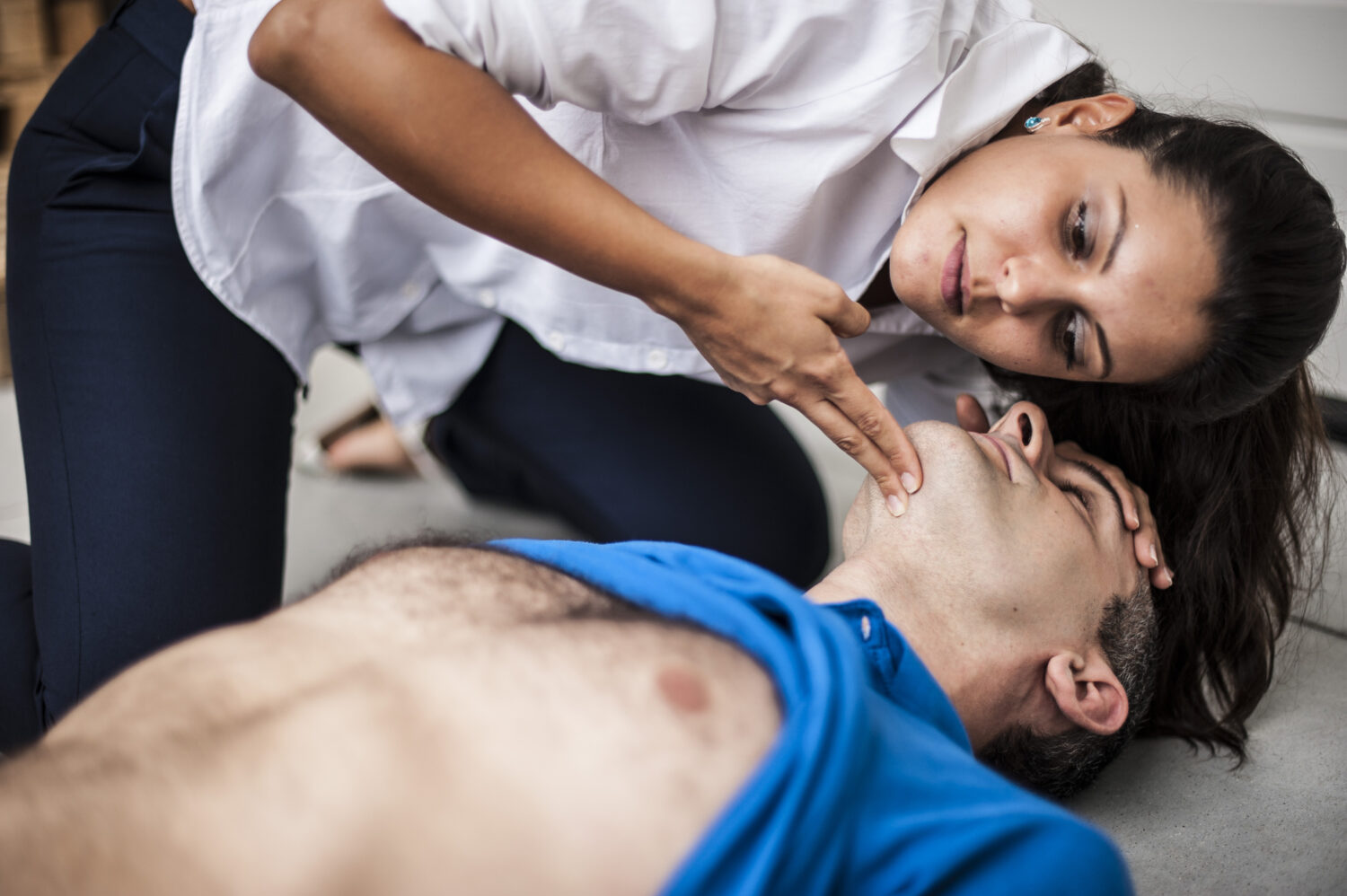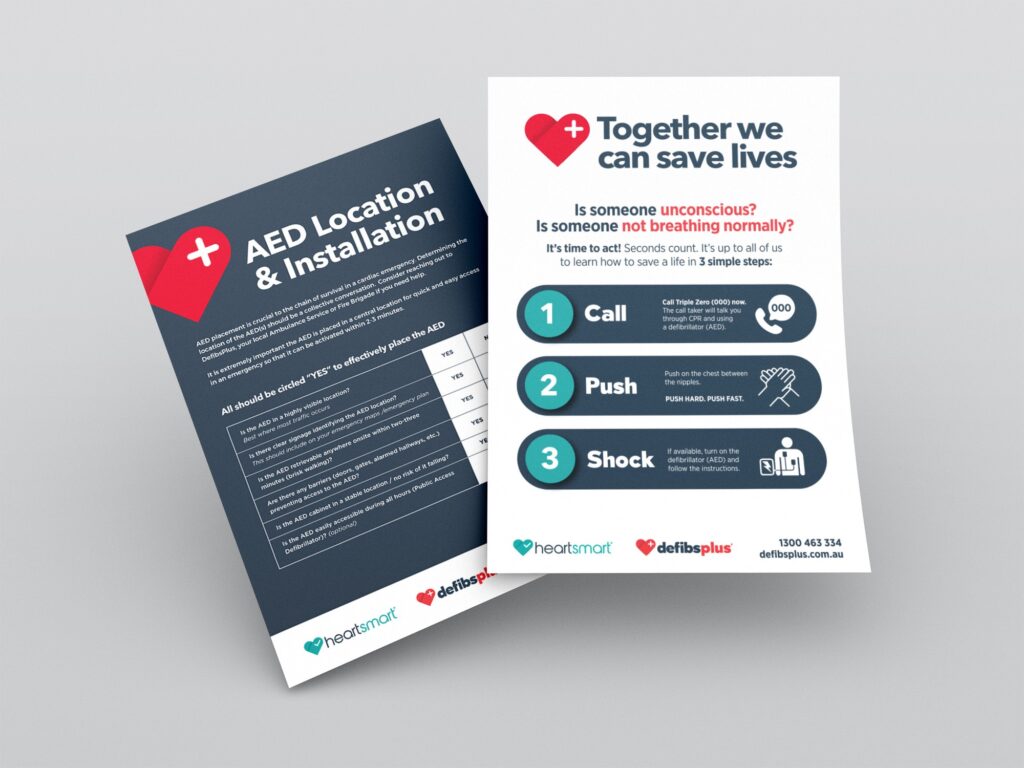

An Automated External Defibrillator (AED) is highly-recommended for workplaces, factories, public spaces, shopping centres and gyms as a standard piece of First Aid equipment. In the event of a sudden cardiac arrest (SCA), the rapid application of cardiopulmonary resuscitation and defibrillation within the first 2-4 minutes of the event gives the victim the best chance of survival as well as the best chance at reducing critical organ damage. If you are considering buying an AED for your workplace or home, then here’s some advice to help make this decision a bit simpler.
One of the terms you will come across when looking for an AED in Australia is an IP (International Protection) rating. Every AED has an IP rating which classifies the unit in terms of different protection levels for electrical devices, regarding to how well the unit is protected against moisture, dust or other intrusions that can potentially compromise performance.
Here’s how to read and understand an IP rating:
The higher the number, the more resistant the unit is to intrusion from either solid and/or liquid matter.
The important thing is that higher values don’t necessarily mean a better product – it is more about the environment in which you intend to use the AED. Lower IP ratings are sufficient for indoor AEDs (for example, those used in schools, most workplaces, and homes), while higher IP ratings are better for outdoor or multi-environment use (for example, those used in campgrounds, in gyms with pools, and in remote outdoor locations).
At DefibsPlus, we’re advocates for placing AEDs in every public space, shopping centre, workplace, gym and school so that bystanders are empowered to act when SCA strikes. With over 75% of SCAs happening out of hospitals in our homes and workplaces, we all need to work together to save lives. Contact us today and find out more about AEDs and defibrillator training.





Interested in ordering defibrillator products or training for your organisation? Fill in the form below and a member of our sales team will contact you as soon as possible. Thank you for your interest.

| Resources | Are you COVID-19 safe?, COVID-19 CPR & Defibrillation, Call, Push, Shock, CPR Rapid Action Plan, Chain of survival, How to use an AED, Helpline Support, GoodSAM App, Heart Smart Program, FAQ, AED Checklist, AED Checklist, AED Policy & Procedures, AED Maintenance Checklist |
|---|
